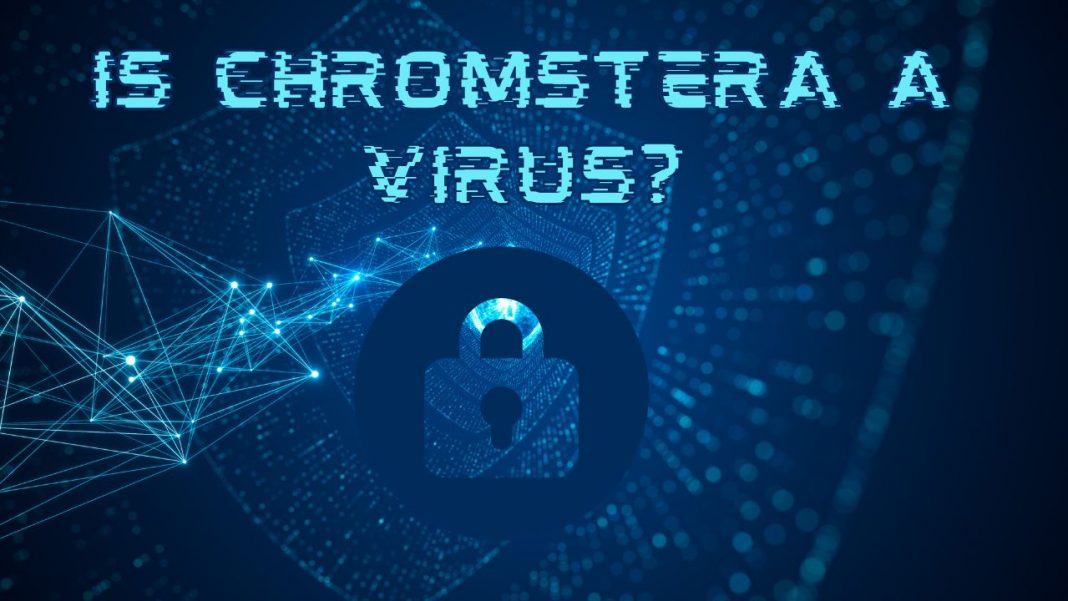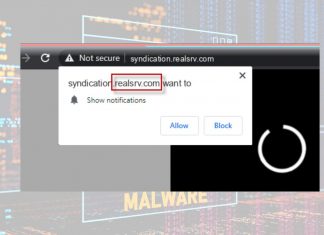Chromstera is a browser hijacker that affects Google Chrome and other browsers by modifying settings without permission. While not technically a virus, it exhibits intrusive behaviors designed to disrupt your browsing experience. Here, we will analyzes if Chromstera qualifies as a virus and explains how it spreads, changes browser settings, displays ads, and resists removal. You’ll learn how to identify a Chromstera infection, its key differences from viruses, and steps to fully remove it using antivirus tools to regain control of your browser. Ultimately, Chromstera jeopardizes your privacy and should be promptly eliminated.
Contents
What is Chromstera?
Chromstera is a form of potentially unwanted program (PUP) that infects web browsers like Google Chrome. It is based on the open-source Chromium browser project.
Once installed, Chromstera makes changes to the victim’s browser settings without permission. Some of the most common changes include:
- Setting its own New Tab page as the default homepage
- Hijacking the default search engine to “Chromstera Search”
- Redirecting searches through “Chromstera Search” to Yahoo search results
- Installing unwanted extensions and toolbars
Additionally, Chromstera displays intrusive ads during web browsing and redirects users to affiliate pages when they try to access certain websites.
How Does Chromstera Spread?
Chromstera and other PUPs frequently spread through deceptive tactics:
- Bundling with legitimate software installers as an optional download
- Tricking users into accepting it as part of a misleading advertisement or offer
- Exploiting unpatched vulnerabilities in browsers and plugins
Once installed, it embeds itself into the browser and launches on every startup, making manual removal challenging.
Is Chromstera a Virus?
Chromstera exhibits some behaviors associated with viruses, such as replicating itself and resisting removal. However, it is technically classified as a browser hijacker or PUP, not a virus.
There are a few key differences between Chromstera and true computer viruses:
- Self-replication – Viruses can replicate themselves and spread automatically to other files or systems. Chromstera cannot self-replicate.
- Malicious damage – Viruses are designed to damage systems by corrupting files, deleting data, or reformatting drives. Chromstera does not directly cause this level of malicious damage.
- Stealing private data – True viruses may log keystrokes, steal passwords, and monitor user activity. While intrusive, Chromstera is not specifically designed to steal private data.
Hence, Chromstera does not qualify as a true virus. However, it still exhibits malicious behavior and should be removed for security and performance.
How to Remove Chromstera
Removing Chromstera and undoing its changes requires patience and malware removal tools. Here are some steps to fully remove it:
- Run a scan with antivirus software like Malwarebytes to isolate and quarantine Chromstera files.
- Open browser extensions and uninstall any unknown or unwanted add-ons.
- Reset the browser to default settings to undo homepage and search engine changes.
- Delete Chromstera files/folders from disk and registry using the antivirus cleaner.
- Reinstall the browser if any traces still remain.
- Run regular scans with your antivirus to detect and remove future Chromstera infections.
Stay vigilant when browsing and avoid downloading from unverified sources to keep Chromstera and other PUPs off your system.
Conclusion
While not technically a virus, Chromstera exhibits intrusive adware-like behavior and hijacks browser settings for unwanted redirects. Its unclear intent and resistance to removal also make it malware. Compromising your browsing experience and privacy, Chromstera should be promptly removed using specialized security tools. Practicing safe browsing and keeping software updated are the best ways to prevent future Chromstera infections.



































 Online casino
Online casino
